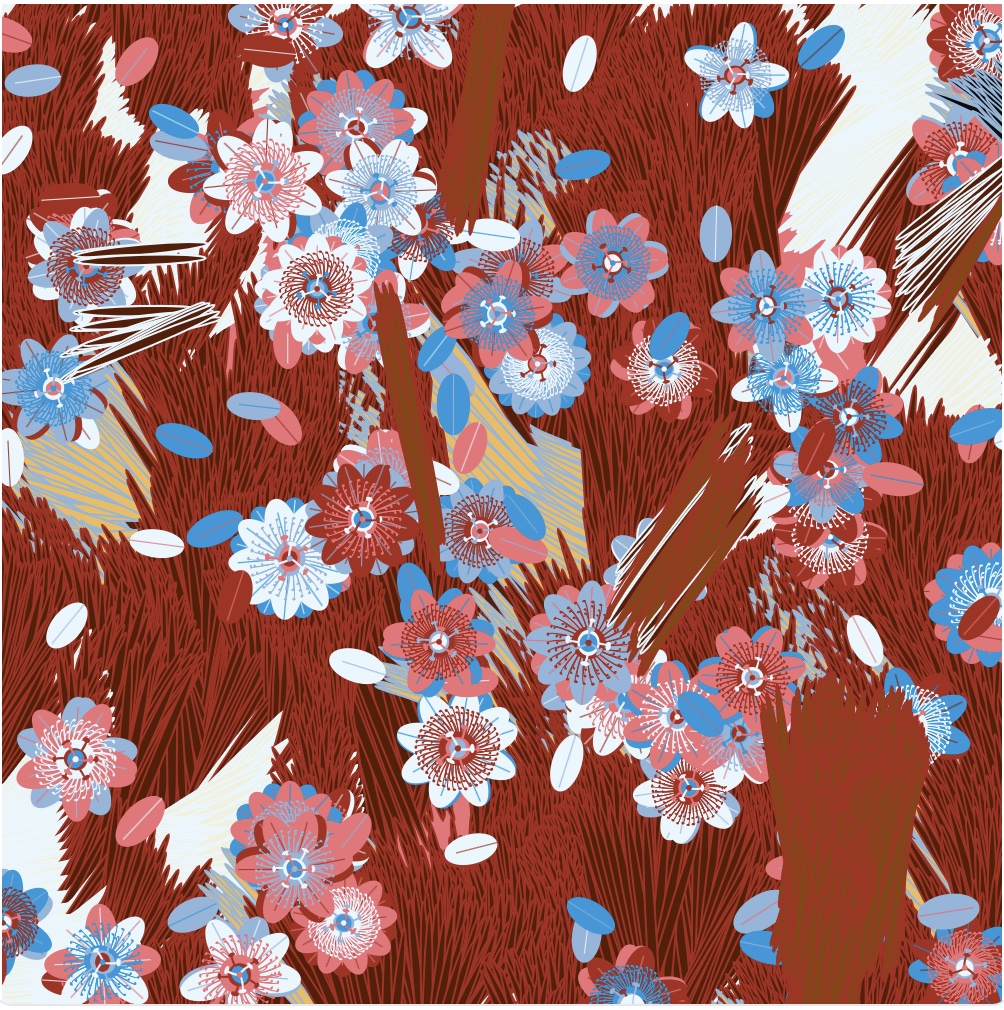Beyond NFTS: How Can Artists Own Their Work With Distributed Technologies?

Nearly a century ago, Walter Benjamin’s “The Work of Art in the Age of Mechanical Reproduction” acknowledged that technical reproduction gained prominence among artistic producers when art lost its “aura.” With the advent of the Internet, artworks could turn digital and propagate through the network. Elinor Ostrom and Charlotte Hess distinction between “natural commons” and “knowledge commons” is a useful reference to understand this shift a bit better. The natural commons is subtractive, which means it is consumed, whereas the knowledge commons is not: knowledge, or culture in our case, has the unique property of becoming plentiful and shareable. As a result, the cultural industry was confronted with a difficult question: how to extract value from something that is abundant? As a result, the cultural industry was faced with the difficult task of determining how to extract value from an abundant resource. To address this issue, the streaming model has emerged as a viable option for monetizing art distribution through the intellectual property of the platform.
The story now continues with Non-Fungible Tokens, NFTs for short, which have become increasingly popular in recent years. A non-transferable token is a blockchain-based certification of a digital asset that attests to its non-transferability and uniqueness. By attesting to the digital object’s originality and recording all of its transactions, this certification ensures the NFT’s ownership.
What does this have to do with our story? In the political economy, we can say that the function of this technology is to restore the “aura” that artworks have lost. People have always found ways to get around property lines and resist attempts to create scarcity out of abundance. But now it becomes difficult to sidestep these constraints because the authentication of the artwork is locked away in the immutable and transparent records of a blockchain.
The NFT wave pushes the idea that it will empower artists by allowing them to sell their work directly to their communities, cutting out the middleman. Besides that, blockchain allows for the tracking of all transactions without losing ownership, they would profit from any purchases or consequent sales. Allegedly, they would eventually gain ownership, but this is not what we’ve seen so far.
According to a study published in the journal Nature, the token economy reproduces the inequality that defines capitalism. The study examined the NFT market and discovered that NFTs classified as Art accounted for roughly 71 percent of total transaction volume. When compared to the other categories, the Art category also had the highest average price. It does, however, show that the top 10 percent of traders alone performed 85 percent of all transactions, demonstrating how centralized this “decentralized” market is.
Where then are all the cultural producers in this story? Workers, regardless of technology, were alienated from their work; they were forced to give up their work, whether that be in cultural production sites, streaming platforms, or NFT marketplaces, and it is still difficult for them to make a living from their work. According to Nieborg and Poell, they are inherently platform dependent and complicit in accepting economic mechanisms that equal disproportionality, dependency, and inequality.
This story demonstrates that technology is not the univocal liberator of artists. What is required is a model that allows cultural workers to take genuine ownership of their work. Platform coops are an alternative model that allows individuals to take control. I’m curious about how this is done in Brazil.
It’s time to bring cooperative principles back into the art world, but this time with the help of distributed technologies.
And there are some emerging projects in Brazil with this goal, such as Tropix.io, a Brazilian NFT art marketplace that allocates 5% of all revenue to support new artists in Brazil. Or take Cryptorastas, a DAO founded on one of the country’s most successful NFT collections, which combines reggae culture with CryptoPunk aesthetics.
Brazil is quickly becoming a powerhouse in the world of digital art and collectibles, with projects that are pushing the envelope on what’s possible with blockchain technology. As an ICDE fellow, over the next few months, I’m excited to explore these projects in more depth and see how they’re changing the landscape of digital art. If you’re interested in learning more about these projects or want to get involved, please reach out!
Image credit: Fragments of an Infinite Field #534 by Monica Rizzolli